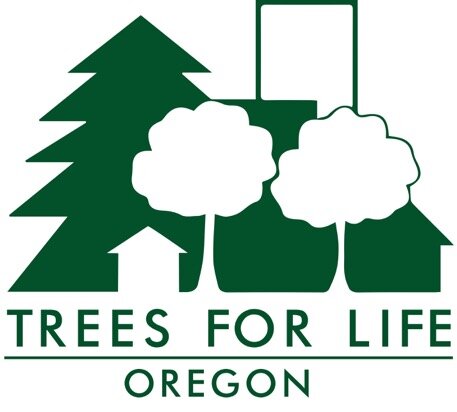"Plant long-lived trees that are large," advises expert David Nowak
The best thing we can do to address urban heat and air pollution is to preserve long-lived, large-form trees, says U.S. Forest Service Senior Scientist David J. Nowak, an expert on the effects of urban forests on human health and environment quality.
Many of us know that large trees benefit us. At a December 15, 2020 Chicago Region Trees Initiative webinar, Dr. Nowak gave an especially cogent presentation (click his photo; his talk starts at 17:35) on just how these trees do what they do, and why, in his view, preserving long-lived, large-form trees is "more important, probably, than planting," though he's not dissing planting, if it's done smartly and over time rather than all at once. Leaves are critical to trees’ environmental benefits, he says, and "trees larger than 30 inches in diameter have 60 to 70 times the leaf area of trees less than 3 inches."
It takes a long time for trees to get from 3 inches to 30 inches, he notes, and some don't make it because of mortality.
This is why Trees for Life Oregon believes that mitigating through planting new, small-form trees when large-form trees are removed does not compensate for the loss.
"Let the trees live as long as possible and take up as much carbon as possible," says Nowak. When planting new trees, he suggests planting as big and long-lived a tree as will fit on a particular site. How fast a tree grows isn't as important as its lifespan. An oak will grow more slowly than, say, a poplar, but like most slow-growing trees an oak will live longer, providing environmental and other services longer. Moreover, every time we cut down a tree, he says, unless we’re using its wood to create a product, like a table, it will end up being burned, releasing its carbon into the atmosphere—just the opposite of what a tree does when it’s alive, sequester carbon.
